|


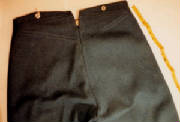

Trousers
1860s’ trousers are constructed a little differently than modern
slacks; pockets are positioned differently, the seat is baggier, waists are higher, flies are buttoned and they were worn
with suspenders. Trousers can be made from cotton drill or twill weave, wool or linen. Solid colors range from blacks and
browns to off-whites. Plaids and stripes were also popular with certain sets.
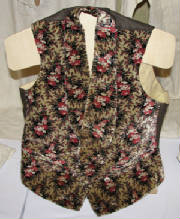
Vests
If you are portraying a laborer or a person of the lower classes,
a vest may not be necessary; however, if you are portraying a man of any means at all, a vest is a necessary piece of clothing.
Vests may be of cotton, wool or silk.
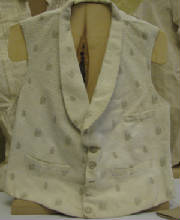
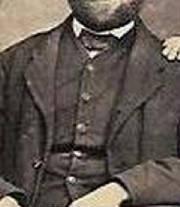
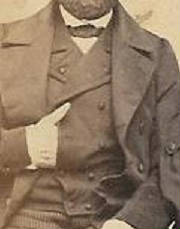
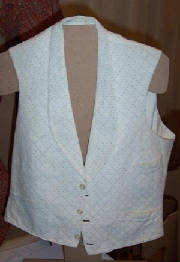

|
 |
Suspenders
The most popular version consisted of two straps of leather, cloth
or knitted material with buttonholes at one end and either buttonholes or straps and buckles for adjustment.

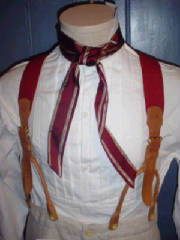
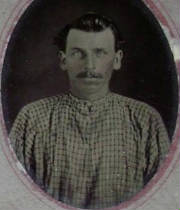
Shirt
The simplest, most correct fabric to use would be a solid, striped,
or woven plaid cotton (summer) fabric in darker and/or "natural dye" colors such as browns, brown-blacks, blacks,
indigo blues, madder red/browns, off-whites (natural color wool or cotton), or combinations of these, very much like the fabric
used in a woman’s work dress. Cloth of this type is often referred to as "homespun" in fabric stores. Prints
were also worn; however, not every print produced today would be appropriate for a Civil War impression. Nor would the prints
used in women’s dresses necessarily be appropriate for a man’s shirt.

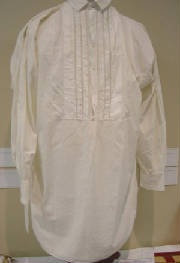


|

